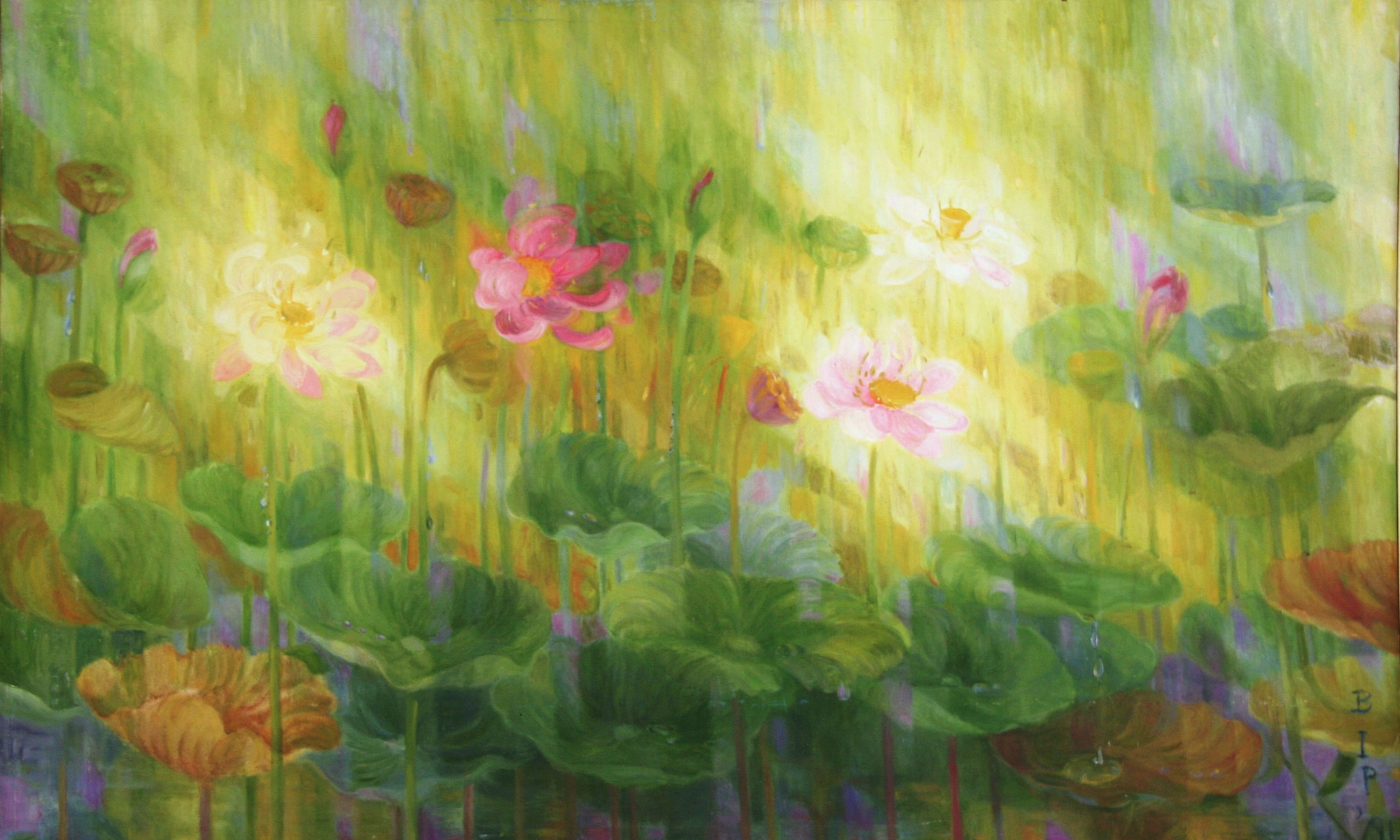Source: Guyana Chronicle (written by Petamber Persaud)
Date: Friday, 6th July 2012
IT IS not easy to capture the thoughts of a prolific writer whose output already spans more than twenty-five years, and whose bibliography is already running into book-length proportions. It is not easy to analyse those thoughts of that writer, who is also adept at expressing his views in various genres of literature and through various genres of writing. David Dabydeen is such a writer, whose corpus of work is varied, extensive and complex, and therefore not easy to capture and analyse. However, some scholars have made noble efforts at commenting on the writing of Dabydeen. Some of those comments can be found mainly bounded in two books, namely: ‘The Art of David Dabydeen’, edited by Kevin Grant (Peepal Tree Press, 1997) and ‘No Land, No Mother’, edited by Lynne Macedo and Kampta Karran (Peepal Tree Press, 2007).The former book features essays by Mark McWatt, Sarah Lawson Welch, Benita Perry, Magery Fee, Jean Popeau, Mario Relich and Karen McIntyre, along with interviews by Wolfgang Binder, Frank Birbalsingh and Kwame Dawes. The latter book features essays by Aleid Fokkema, Tobias Doring, Heike H. Harting, Madina Tlostanova, Lee M. Jenkins, Pumla Dineo Gqola, Michael Mitchell, Mark Stein, Christine Pagnoulle, and Gail Low. Both books are great scholarship falling short in several regards.
Fortunately, we are now in a better position to appreciate the work of Dabydeen, who has published three collections of poetry and six novels to date. Those works have brought him international attention and recognition, mainly by way of winning numerous literary awards, including The Commonwealth Poetry Prize, The Raja Rao Literary Prize (of India), the Anthony Sabga Caribbean Award for Excellence for Arts and Letters, and The Guyana Prize for Literature (on three occasions).
He also was shortlisted for the IMPAC Dublin Literary Prize, 1997, and the James Tait Black Memorial Prize in 1999. This new position is gifted to us through two new publications concerning Dabydeen, namely: ‘Talking Words’ and ‘Pak’s Britannia’, both of which were edited by Lynne Macedo, published by the University of the West Indies Press, and released (in Guyana) in 2012.
‘Talking Words’ is profoundly academic, and serves its purpose well by showing how Dabydeen writes “to inform yet question received knowledge.” This underlying quality of the man’s writing is of continuing interest to scholars, writers, readers and publishers, because it shows the development of the writer; how he can “complicate a narrative,” and how “publishers and readers have been unsettled’ by his experiments because his ‘application of theory can hide as much as it reveals.
‘Talking Words’ is divided in two parts, namely: ‘Poetic Reappraisals’ and ‘(Re)reading the novels’. There are three essays in ‘Poetic Reappraisals’, the titles of which are easy to interpret. Those three essays are ‘Cultural Hybridity in David Dabydeen’s Poetry’ by Monica Monolachi (University of Bucharest), ‘Living Beadless in a Foreign Land: David Dabydeen’s Poetry of Disappearance’ by Anjali Nerlekar (Rutgers University), and ‘Fresh Names: Audience, Authenticity and the African Imaginary in Turner and A Harlot’s Progress’ by Nicole Matos (Assistant Professor of English).
The seven essays in Part II of the book deal with Dabydeen’s novels, namely: ‘The Intended’, ‘Disappearance’, ‘A Harlot’s Progress’, ‘Our Lady of Demerara’ and ‘Molly and the Muslim Stick’. Six of those essays are reappraisals that move slightly away from the frequently used ‘intertextual precursors’, obviously looking for new ways to look at the writer’s work. The other essay deals with the translation of the novel, ‘The Intended’, by Jenny De Salvo, who focused on three issues in translation.
‘Pak’s Britannia’ is as significant as ‘Talking Words’, but much more intimate, intimating the thoughts of the writer, studied and extemporaneous, and is like primary source material for research. For instance, Dabydeen does not appear too gracious for comments on his work at this early stage. He says he hates blurbs, some of which are “tremendously embarrassing” and ought to come “at the end of one’s career.” Further, he acknowledges that there are some things he has written of which he would not have written but submits it is literature in the making.
Another look at Dabydeen, in his essay, ‘Teaching West Indian Literature in Britain’ gives us his thoughts on finding ‘new ways’ at reading his work and the work of other writers, especially writers of Indian ancestry. Those thoughts stem from referencing to an essay by Sasenarine Persaud. “If we are to deconstruct West Indian fictions, then let us attempt to use vocabulary and concepts derived from Indian aesthetics” that is “refreshingly different from the jargon critics use today, which is almost entirely derived from the West,” and which “we take on board with such ready mimicry.”
‘Talking Words’ and ‘Pak’s Britannia’ are companion books when used together, so I’d like to combine the two books and call the combination ‘The Essential David Dabydeen’. For that’s what these books are. For the first time, his essays and interviews are brought together between two covers, and the excursion into his work continues with this collection of new essays.
The reading of these two books should in no way be substituted for reading the texts themselves. The two books serve as a guide to the man’s writing “how application of theory can hide as much as it reveals.’ More than a writer, it is useful to remember that Dabydeen teaches the theory of writing, and he experiments with form, structure, content/story, point of view, style, tone and theme. But mostly, he experiments with the reader.
